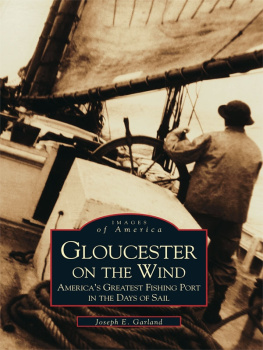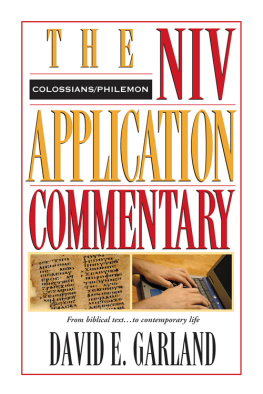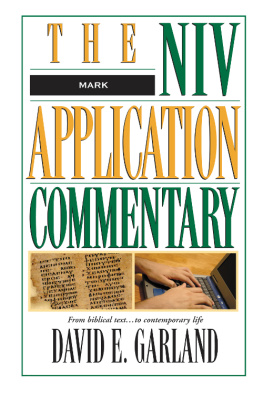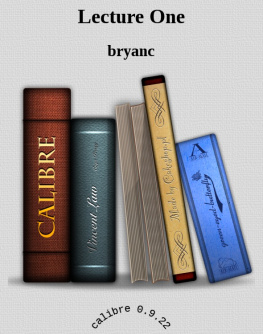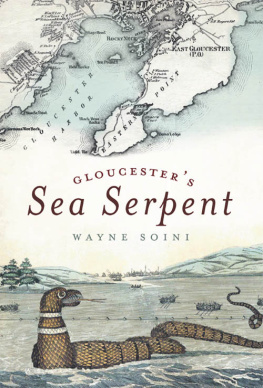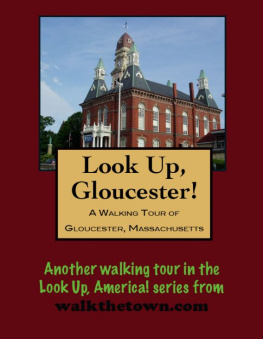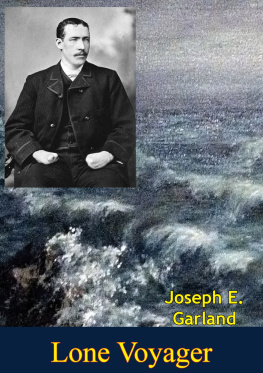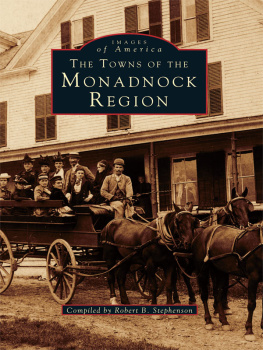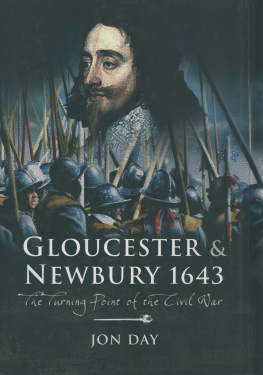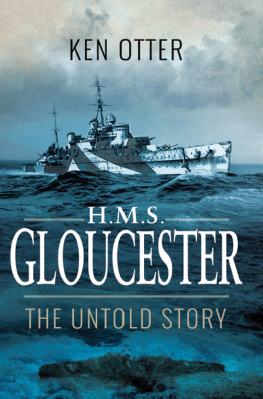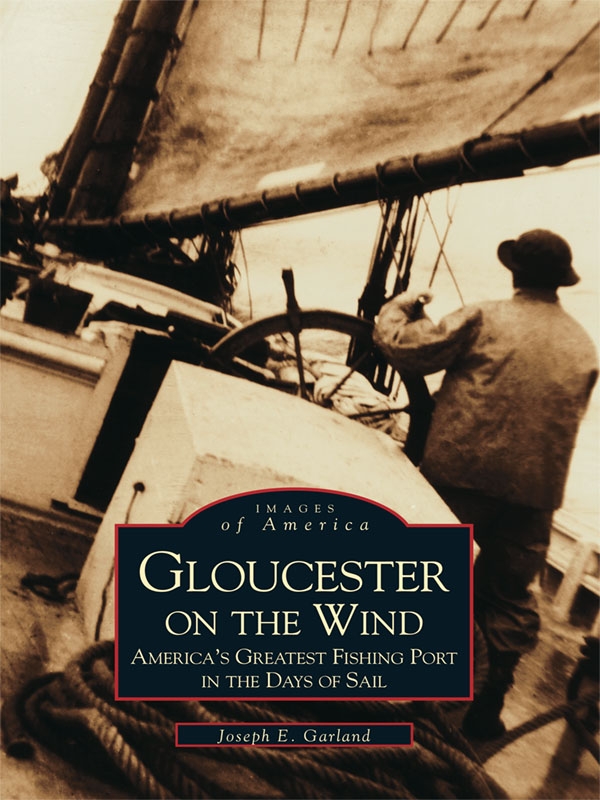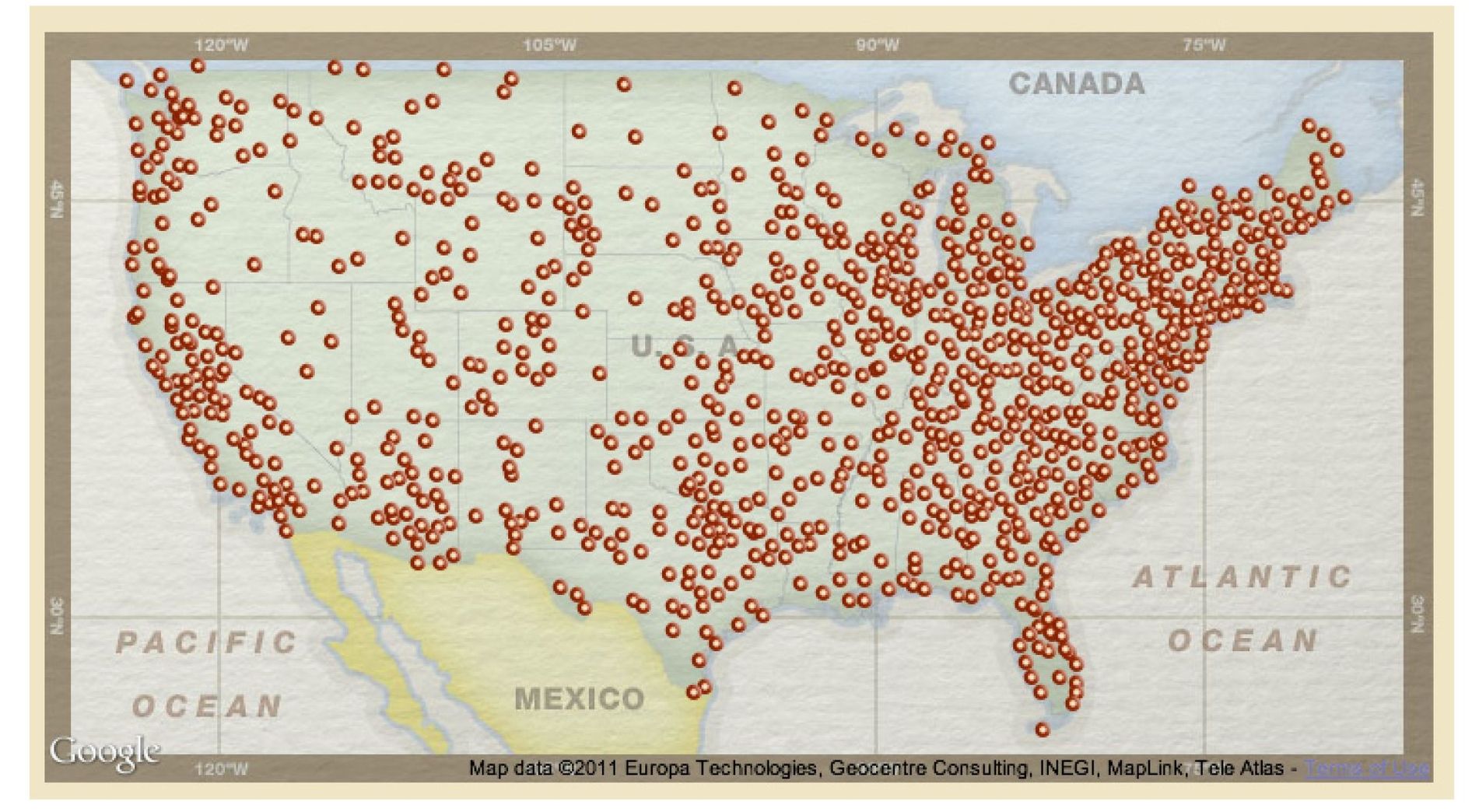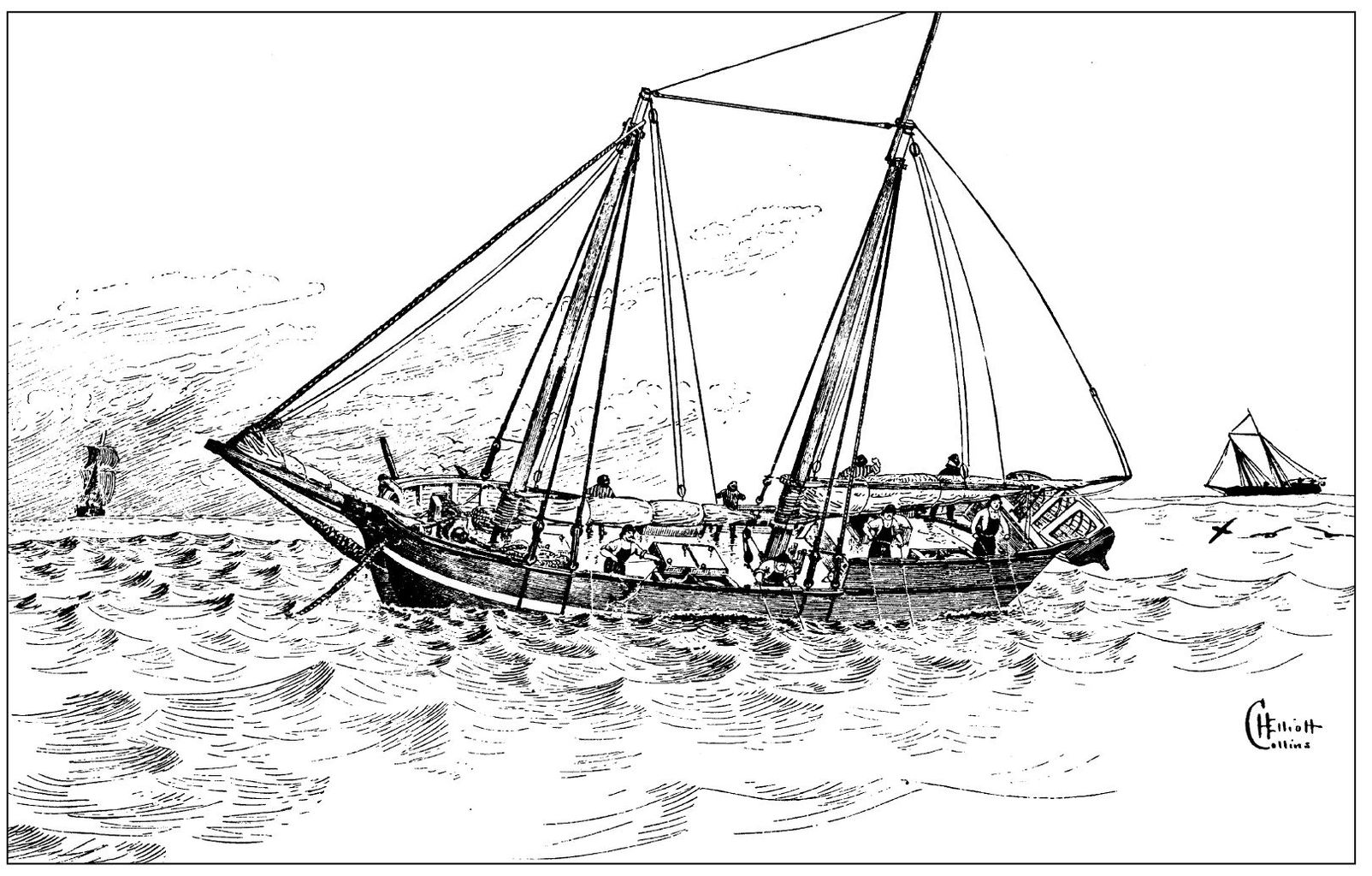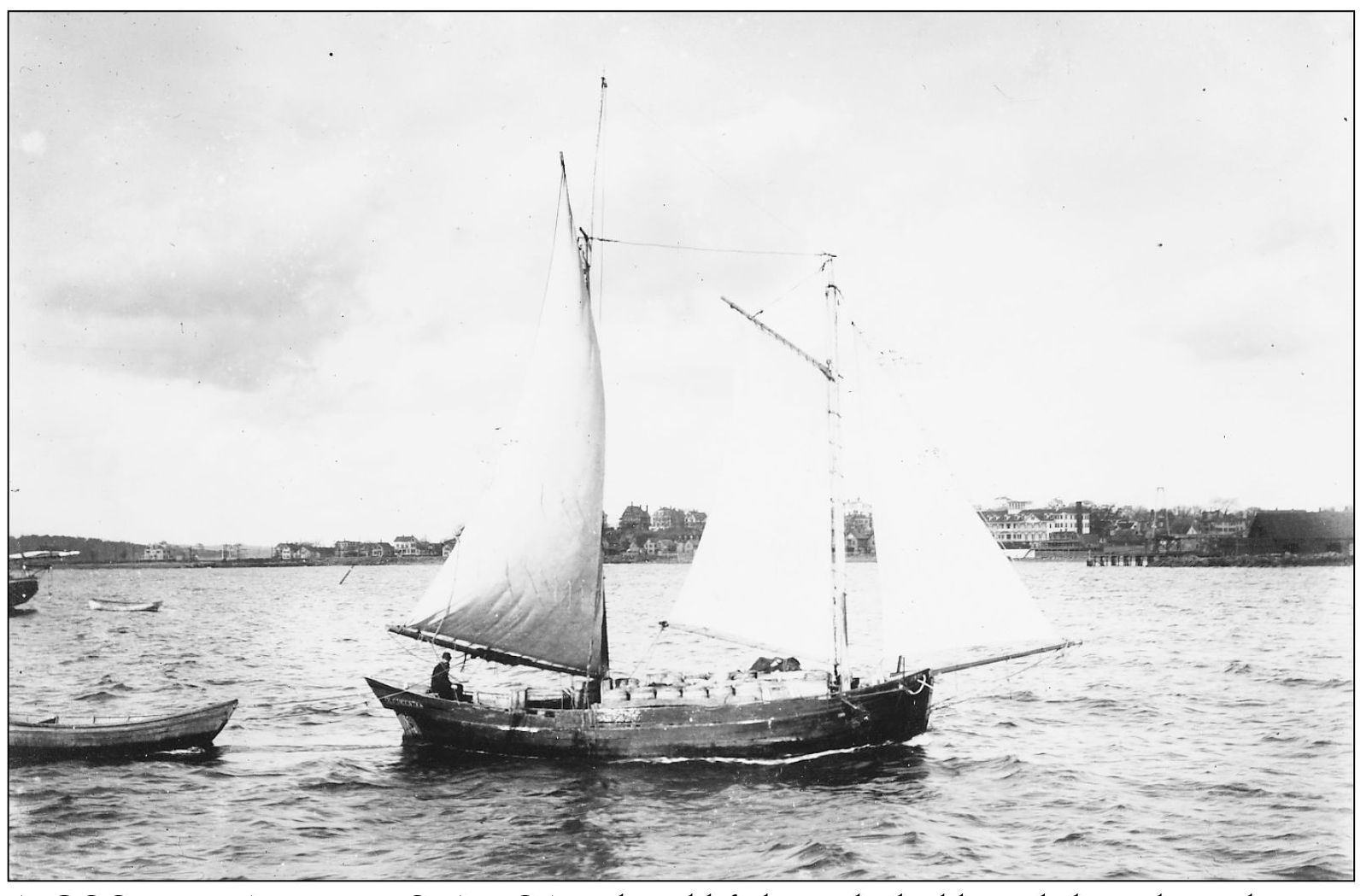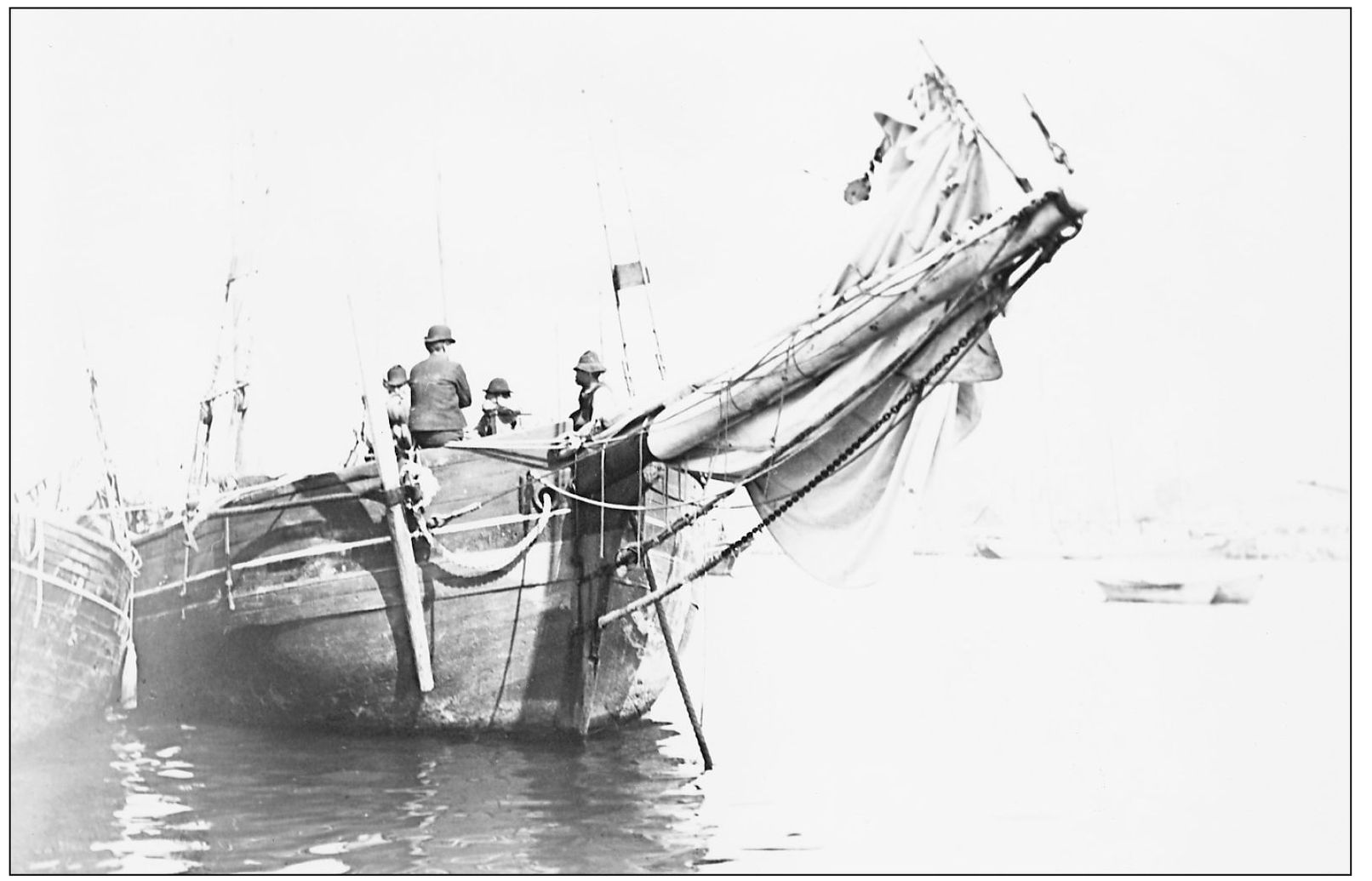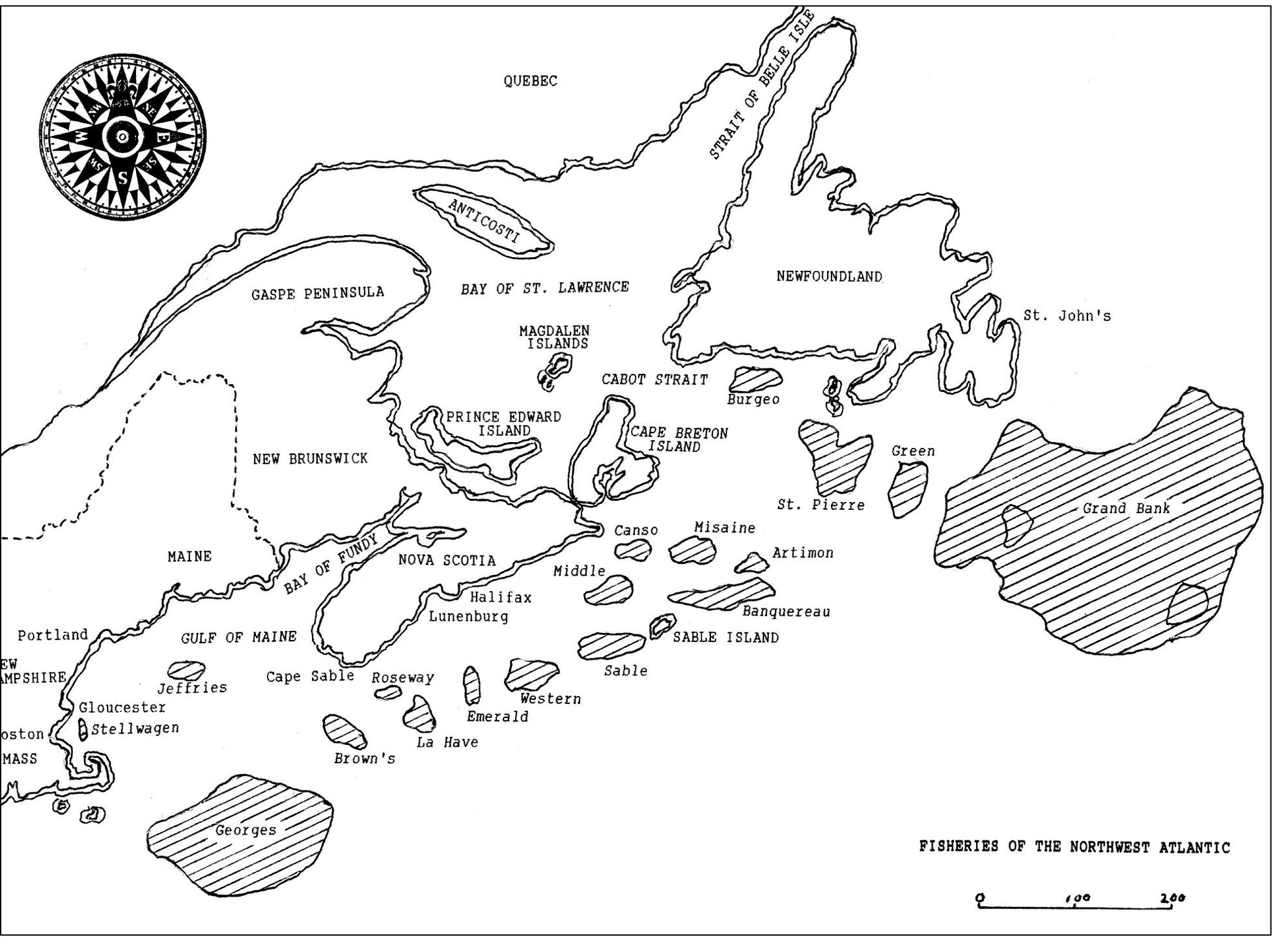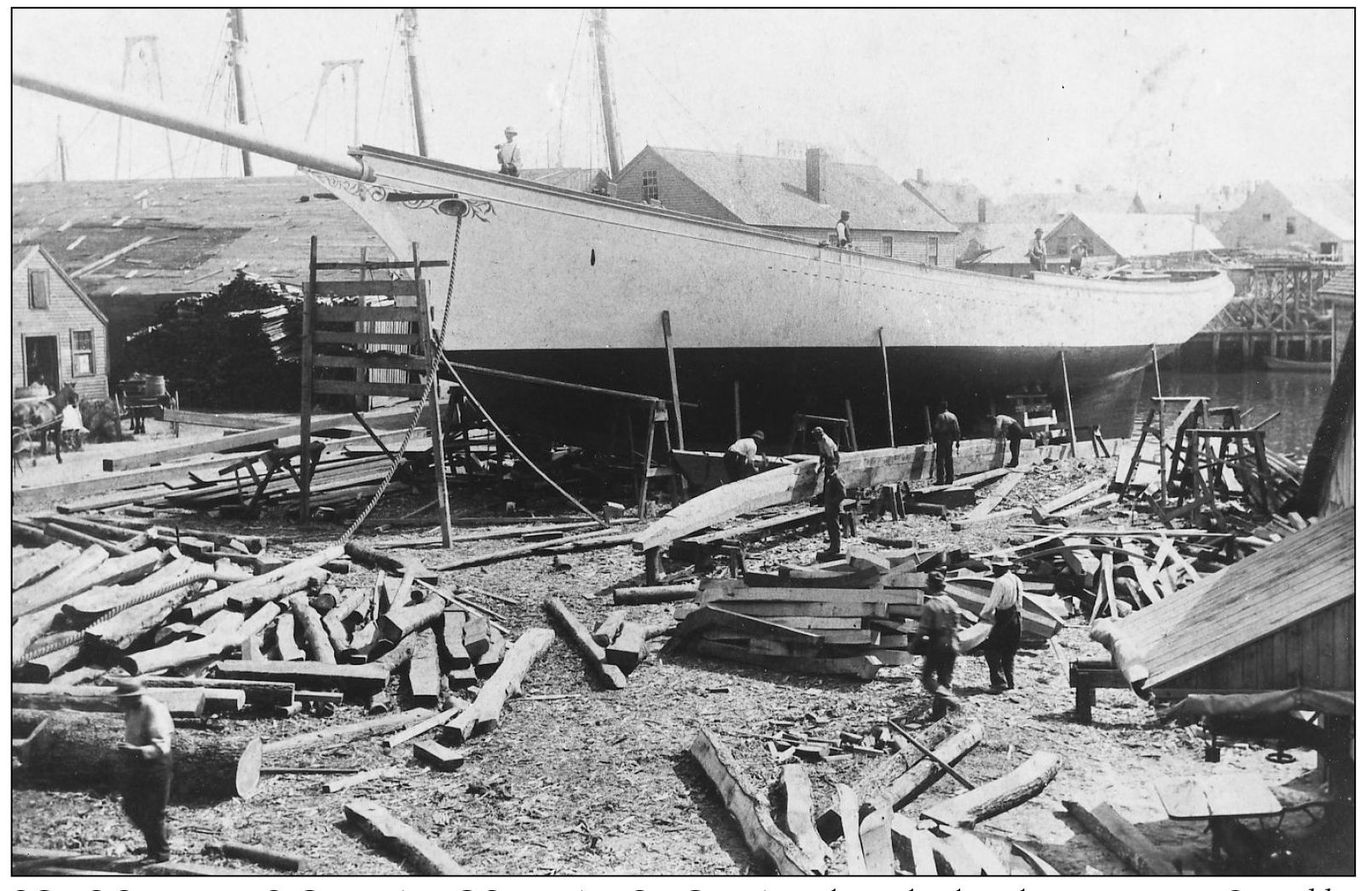The armada of canvas is hull-down over times horizon. Its successor fleets of diesel-driven draggers and seiners are being grounded, with many others the world around, by the consequences of the global fishkill and of the still unfathomed depth and breadth of land-based pollution beyond the ability and will of largely indifferent national governments and world order to come to grips with. The toll continues: in September of 1994 the large steel Gloucester dragger Italian Gold , defying foul weather in search of an ever diminishing catch, was thrown violently to the bottom near Georges Bank with her crew of four fishermen.
Sometimes grimly, sometimes with wry humor, something about the spirit of Gloucester hangs on, something of its people, of its ghostly sails, and of the ways of fishing that transcend time and technology. Gloucester will remain uniquely Gloucester just as long as it remembers where it all came from, remembers its horrible, beautiful past, its people, its boats with their spirits of the wind, and the ways of the past that form the ever-more fragile mosaic of what it persists in being.
We who have been lucky enough to discover Gloucester deep somewhere in ourselves had better pray that it will hang on and on around us, if only as a sunset dying in the night... yet not that even, unless we keep on calling up and sharing minds-eye memories of what we have no memory ofor do we?as a people and a race, which may be all one can ask or expect of archeologists and self-appointed historians.
Sources
No photographic retrospect of Gloucester can be achieved without reliance on the collections of the Cape Ann Historical Association, the core of which was assembled over a lifetimes study of our sailing heritage by my friend and mentor Gordon W. Thomas, son of Captain Jeff, and acquisitioned shortly before his death. Others over the years from whom Ive absorbed fathoms of history and lore include the late Captain Bill Sibley, Charlie Sayle, Al Flygare, Jim Brennan, Charlie McPhee, and Marty Horgan; Captains Tom Morse, George Byard, Joe Santapaola, Leo Hynes, and Frank Mitchell; and Dana Story, Phil Bolger, Lorraine Louannis, and Jeff Thomas II. Nor would there be a book at all without the generous cooperation of president Harold Bell, administrator Judith McCullough, librarian Ellen Nelson of our Historical, who granted me rare fishing rights and assisted with the angling, the excellent editing of Michael Guillory, and the bright idea in the first place of Kirsty Sutton.
For Further Reading
Chapelle, Howard I. The American Fishing Schooners: 18251935 . New York, 1973.
Church, Albert C., and James B. Connolly. American Fishermen . New York, 1940.
Dunne, W.M.P. Thomas F. McManus and the American Fishing Schooners: An Irish-American Success Story . Mystic, CT, 1994.
Garland, Joseph E. Adventure: Queen of the Windjammers . Camden, ME, 1985.
Down to the Sea: The Fishing Schooners of Gloucester. Boston, 1983.
Eastern Point . Peterborough, NH, 1971.
The Gloucester Guide . Rockport, MA, (1973) 1990.
Guns Off Gloucester . Gloucester, MA, 1975.
Lone Voyager . Rockport, MA, (1963) 1995.
That Great Pattillo . Boston, 1966.
Goode, G. Browne et al. The Fisheries and Fishery Industries of the United States . Washington, 1887.
Kipling, Rudyard. Captains Courageous . New York, 1896.
Pierce, Wesley G. Goin Fishin . Salem, MA, 1934.
Procter Brothers. The Fisheries of Gloucester . Gloucester, MA, 1876.
The Fishermens Own Book . Gloucester, MA, 1882.
Story, Dana A. A Catalog of the Vessels, Boats and Other Craft Built in the Town of Essex 1870 through 1980 . Essex, MA 1984.
Thomas, Gordon W. Fast and Able: Life Stories of Great Gloucester Fishing Vessels . Gloucester, MA, 1973.
Wharf and Fleet . Gloucester, MA, 1977.
Find more books like this at
www.imagesofamerica.com
Search for your hometown history, your old
stomping grounds, and even your favorite sports team.
One
She Scoons!
THEN A SCOONER LET HER BE!, Captain Andrew Robinson responded to an excited onlooker when he launched the prototype at East Gloucester in 1713. Pictured is a primitive two-masted Chebacco boat of about 1790 built on the neighboring Chebacco, now Essex, River. (Goode, The Fisheries and Fishery Industries of the United States )
AT ANCHOR ON THE GRAND BANK, the crew of a heeltapper handlines for codfish early in the 1800s. Like an overturned shoe, these slow, sturdy old schooners were Marbleheads mainstay into the 1840s, when disasterous storms knocked the town out of the fisheries, and Gloucester moved into the lead. (Goode)
STEADIED UNDER REEFED MAINSAIL, a more advanced sharpshooter anchors on the shoals of Georges Bank in the 1840s to handline for the then plentiful halibut. With its sharper bow and sleeker lines, the fast new type rapidly evolved by the 1850s into the clipper schooner that dominated for the rest of the century. (Goode)
A GOOD, WEATHERLY SEA BOAT, the old-fashioned, double-ended pinky schooner, with pointed pink stern and deep outboard rudder, outlasted later types, and continued fishing New England waters and doing odd jobs for a hundred years into the early twentieth century. Half-hidden by her jib is the Pavilion Hotel, predecessor of the Tavern on what is now Stacy Boulevard.
A BROAD-BOSOMED PINKY rests at anchor in Gloucester around the 1880s, while the gang has a gam up forrard in the eyes of her.
Two
Fitting Out
THE PURITAN , a creation of the great designer W. Starling Burgess in 1922, may have been the finest and fastest Gloucesterman ever built, but she didnt live long enough to prove it. (JEG, Down to the Sea: The Fishing Schooners of Gloucester )

